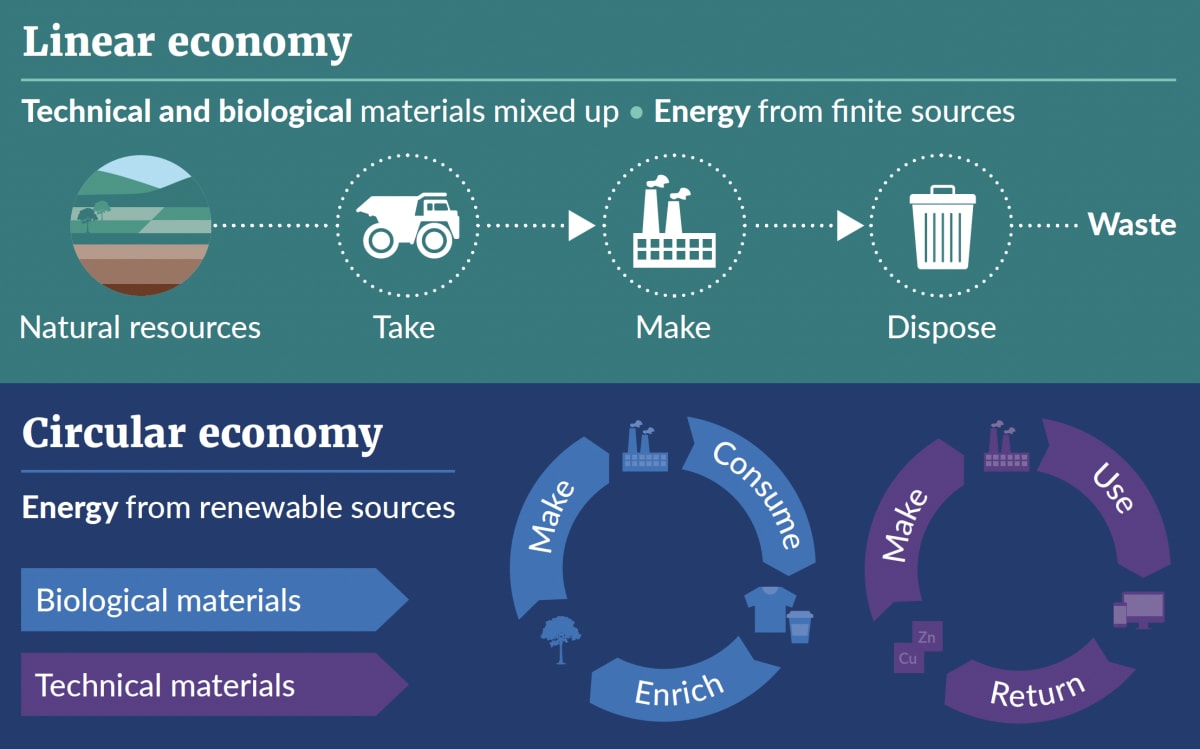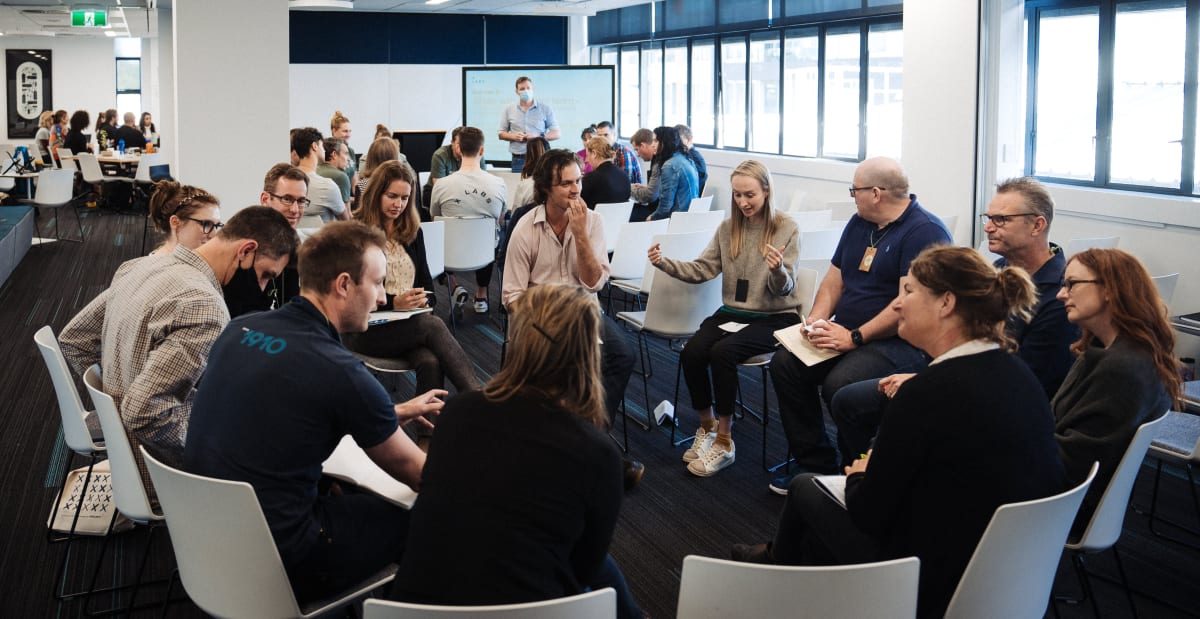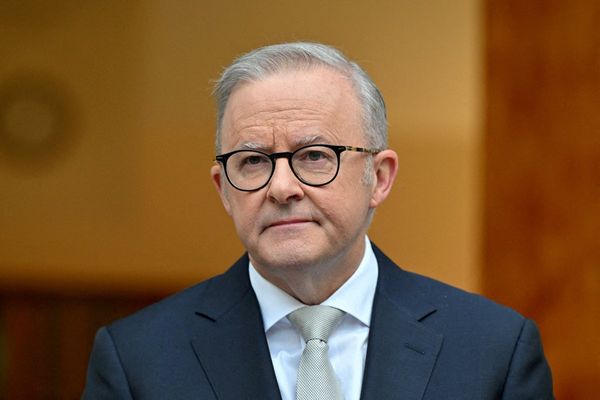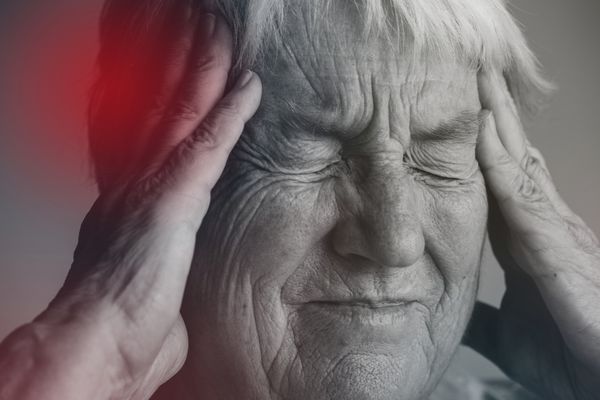
Transpower, Lion, Downer, Beca and Silver Fern Farms are among businesses learning to apply circular economy principles to the design of the product or service vexing them, to ensure every bit of natural or technical resource is reused in some way
Opinion: Given the current state of the property market, the mood might have been rather gloomy this week in the offices of the Real Estate Institute of New Zealand on Khyber Pass in Auckland. But there was a great buzz in the event centre the floor below it as teams from 14 organisations gathered for a five-day, deep dive into their futures.
Each team arrived on Monday with a complex problem that was troubling them, thanks to all the inefficiencies and negative outcomes of our centuries-old take / make / waste linear economy – such as pollution, climate change, resource depletion, ecosystem degradation and adverse social consequences.
Each team left on Friday full of energy and plans for solutions, thanks to applying circular economy principles to the design of the product or service vexing them. At their heart, such principles ensure that every bit of natural resource or human-made technical resource in a product or services is reused in some way.
Circular economy practices and systems are well established in some sectors and some countries, as I reported in this recent column about the island of Zealand in Denmark; and there are many long-standing, deeply knowledgeable guides, such as the Ellen MacArthur Foundation in the UK.
Joe Iles, the foundation’s circular economy leader, sent a message of encouragement to the 14 teams as they began their work on Monday.
“Faced with the current stalling of the take-make-waste model, with its chronic pollution, diminishing returns, and unhealthy outcomes, people are looking for a new vision for an economy that works, now and in the future. In response, the core principles of a circular economy — to design out waste and pollution, keep products and materials in use, and regenerate natural systems — are seen as an opportunity, and a new narrative for innovation and progress.”
Thankfully, big change is afoot here. Our Emissions Reduction Plan, released last week by the government, has a chapter on how we can – how we must – make the radical transformation from linear to circular economy over coming decades by building quickly on our late and modest start. This chart from the chapter captures the essence of the task:

The 14 teams at work this week were brought together by Circularity, a circular design and advisory consultancy established by Louise Nash in 2018. To do so, she drew on her just-completed Masters in Technology Futures, which focused on circularity, and two decades of prior experience at home and abroad in design and disruptive technologies.
In 2020, Nash and her colleagues organised their first XLab which attracted 17 businesses wanting to apply circular principles to solve some of their environmental problems. They included The Warehouse and Fletcher Building. A large majority of the participants implemented improvements to their processes within a year of the “design sprint”.
One of them was EV Maritime, then a fledgling business wanting to design and build electric passenger ferries.
“For us, XLabs 2020 helped us to see that there are many deeper ways in which a circular economy lens can help us contribute. It’s given us more multi-dimensional ways of solving deep, systemic challenges – and ultimately – unlocking a path to the better future we want for our city, our country and the harbour cities of the world,” says Michael Eaglen, EV Maritime co-founder and chief executive. Last week the company signed a $27 million deal with the government to fund two electric ferries for the Waitemata Harbour.

XLabs has broadened its reach by offering an online course of five modules requiring some 24 hours of study and application. More than 100 people have signed up for the self-paced programme, of whom about 20 have completed it so far.
Now the worst of the pandemic is behind us, Circularity was able to run XLabs 2022 in person this past week. Its teams come from big companies such as Transpower, Lion, Downer, Beca and Silver Fern Farms, from smaller ones such as horticulture businesses in Franklin District, and from some new social enterprises seeking to solve challenges in their local communities.
All the way through the week Nash and her XLabs colleagues led the teams through various exercises to help them articulate the problems they wanted to solve, brainstorm circular economy solutions and begin to map out how to implement them. The teams also drew on the knowledge and experience of visiting experts, members of lunch-time panels and past XLab participants.
Spending time with them all during the week, the absolute highlights for me were the great creativity and ambition of participants, their high speed of learning, and the way they encouraged and supported each other regardless of the vast range of scale and capabilities in the room.
XLabs 2022, like its predecessor, is just one small example of a great global movement that is dramatically reshaping business, economics and other drivers of our well-being for the better.
In the global context, Kate Raworth, the British economist, is by far the most thoughtful and inspiring of its leaders, as many Kiwis found on her 2019 visit here with presentations such as this one at the Just Transitions Summit in New Plymouth. Her articulation of integrated ecological/social/economic practices, expressed well in her 2017 book Doughnut Economics: Seven ways to think like a 21st century economist, is galvanising sweeping change.
Her Doughnut Economics Action Lab brings together many people and projects from around the world. Drawing on the knowledge and experience gained, Raworth has just published Afterword: Doughnut Economics in Action, which will be in a revised edition of the original book. You can download this new chapter here.
This week, XLabs vividly expressed many of the insights she offers: Go where the energy is. Embrace the power of play. Unleash peer-to-peer inspiration. Connect across cultures. Focus on organisational design. Welcome innovation with integrity. Don’t try to be the movement – join the movement.
All can contribute and benefit, however mired in crisis and complacency they might be. Time for a real estate XLabs, perhaps?







